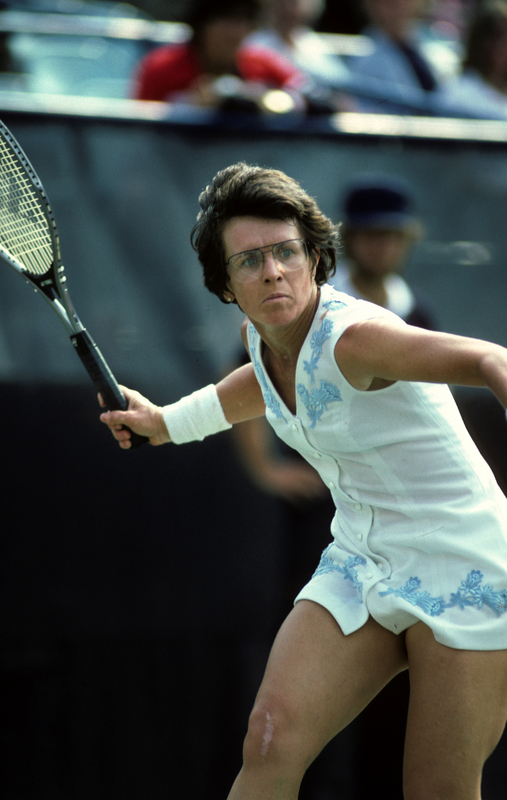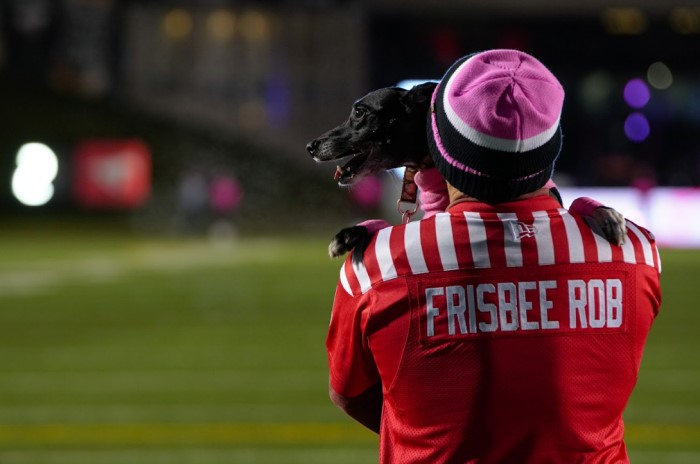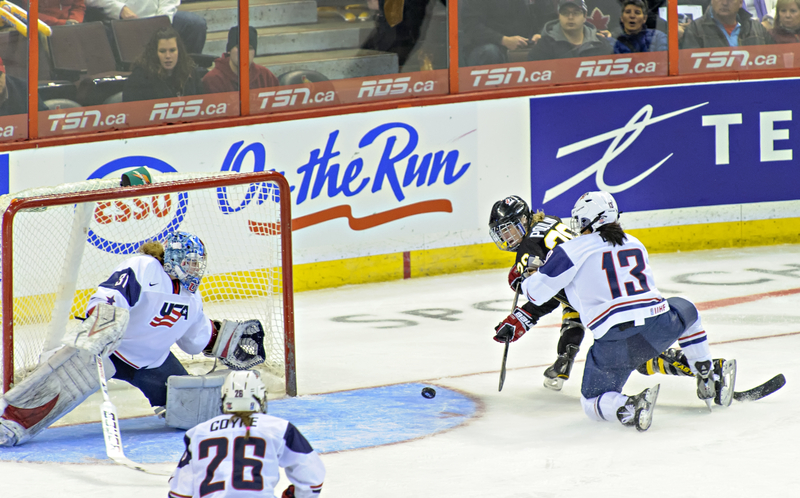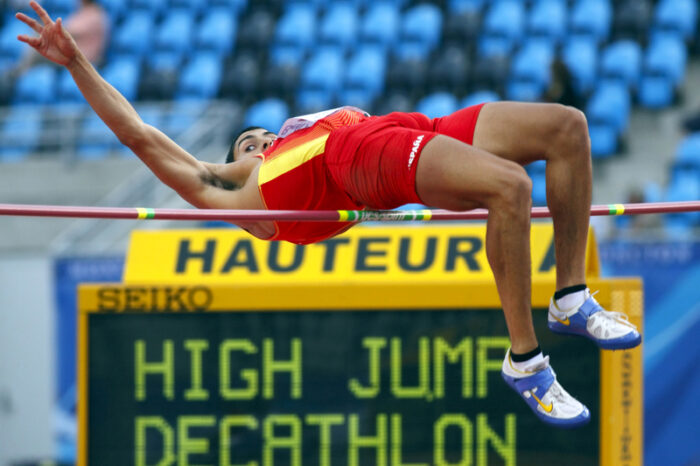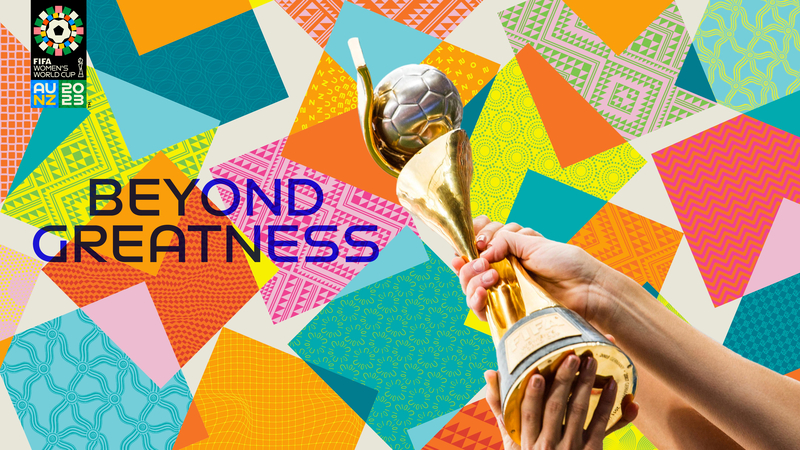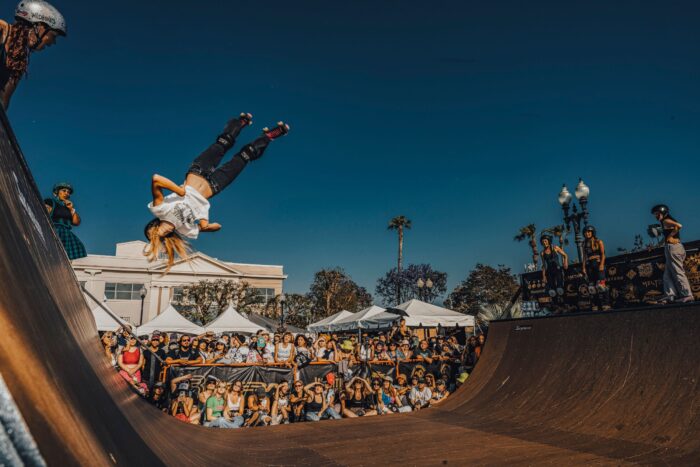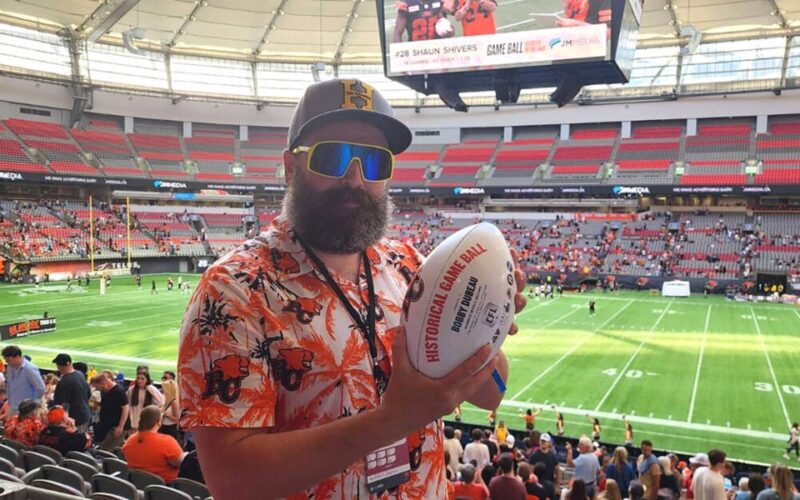In the 1930s and 40s, the world of professional sports in North America was a white one. Segregation had existed in the southern United States since the 1870s, meaning that African Americans had to use "coloured" facilities, schools, hotels, and entrances, which kept them separated from white people. And even in other areas of the country where segregation was enforced, racism often kept black people out of many desirable positions in society, such as the best jobs. Especially in pro sports.
If you went to see a pro baseball, football, or basketball game at this time, you would be greeted by only white faces. Until Jackie Robinson, that is. On April 15th, 1947, Robinson played his first game as a member of the Brooklyn Dodgers (if you're curious, the Dodgers moved to Los Angeles in 1958 and still play there today). Baseball had been segregated professionally for over 50 years (before Robinson, top African American players could only play in the Negro American League).
Robinson's arrival in Brooklyn was met with taunting, abuse, and, most scary of all, death threats. He received discrimination from fans and fellow players, but he amazingly never wavered in his determination to play the game. And that's a great thing because even without the change he brought to the entire sport, he was easily one of the best baseball players of his day. He was the National League Rookie of the Year 1947, the MVP and batting champ in 1949, an All-Star from 1949 to 1954, and a World Series champion in 1955.
In 1997, 50 years after he first stepped on the field as a Dodger, Major League Baseball retired his number 42 from all teams (usually, a team will "retire" a number — meaning it can never been worn again — as a sign of respect for a player that means a lot to that team's history). So when you look up and see the number 42 hanging from the stands of your favourite ballpark, now you know why it's there. Thanks, Jackie!
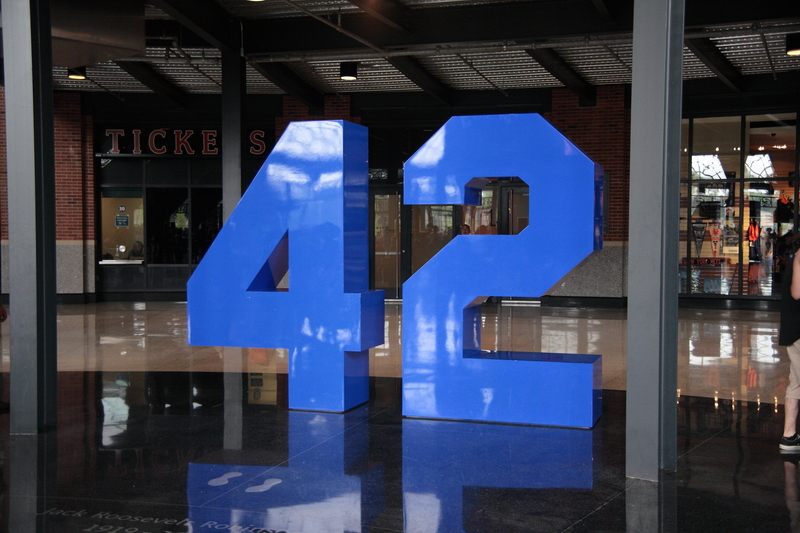 The Jackie Robinson tribute, featuring his number 42, at Citi Field in New York. (@Dreamstime)
The Jackie Robinson tribute, featuring his number 42, at Citi Field in New York. (@Dreamstime)
